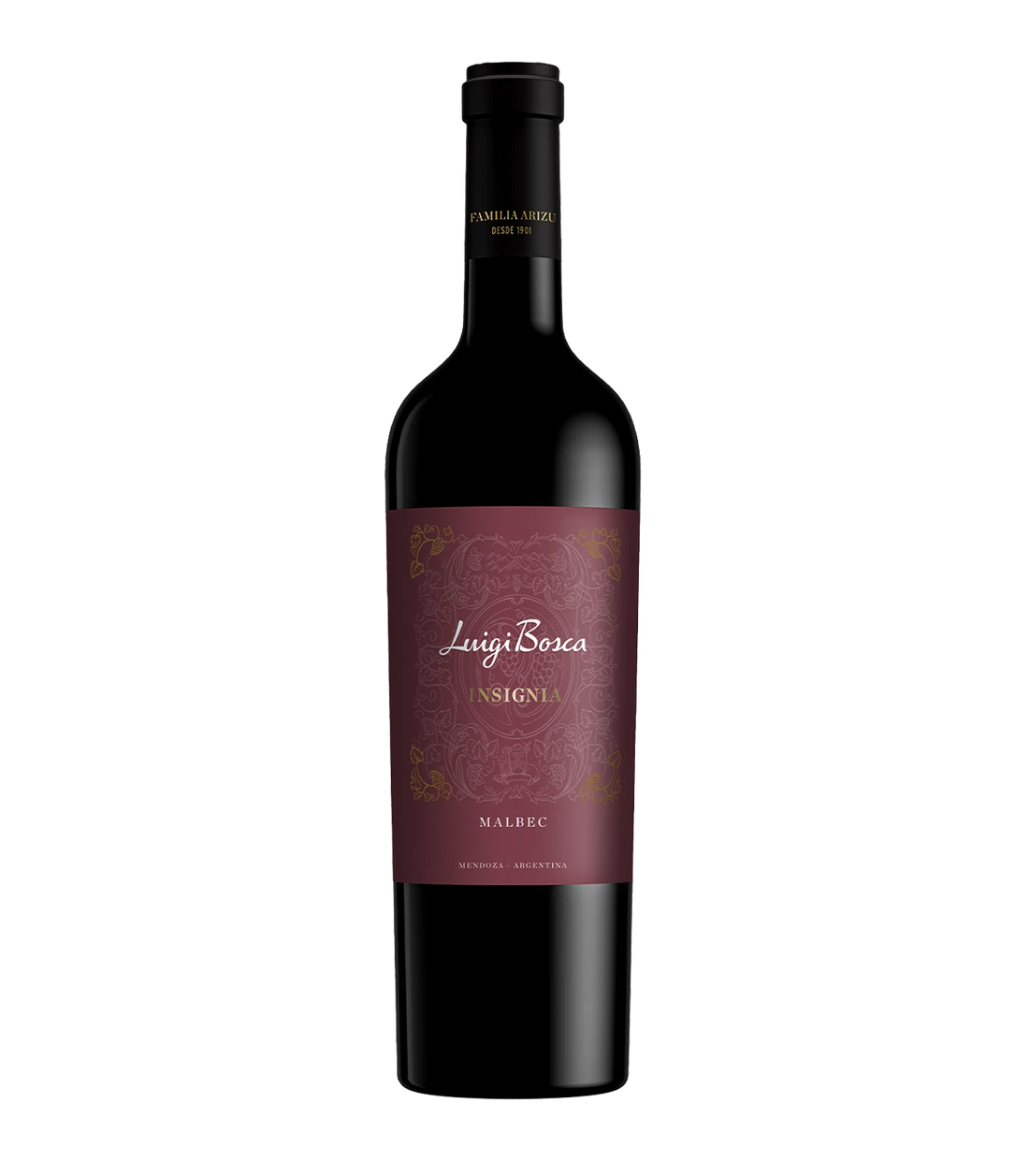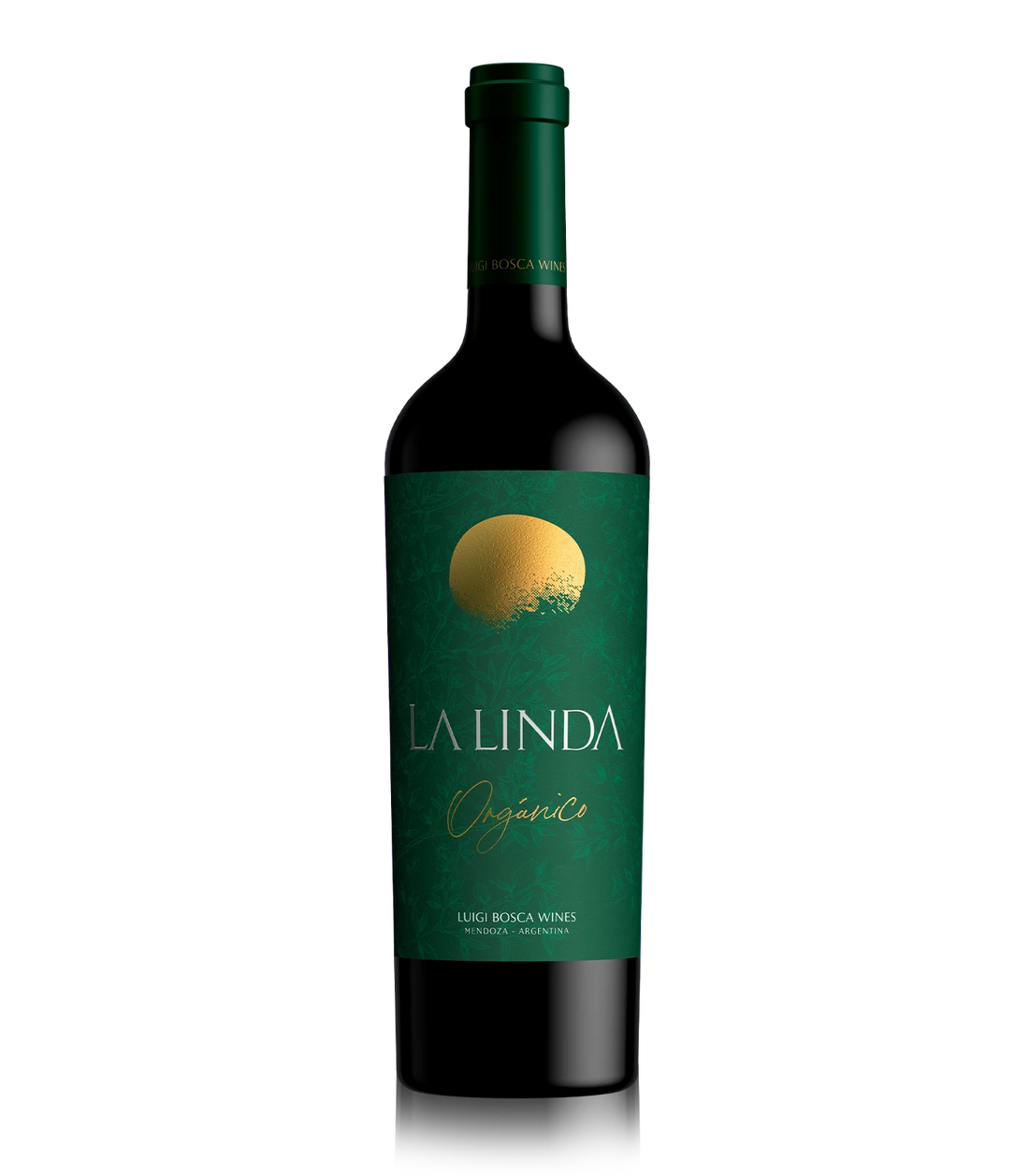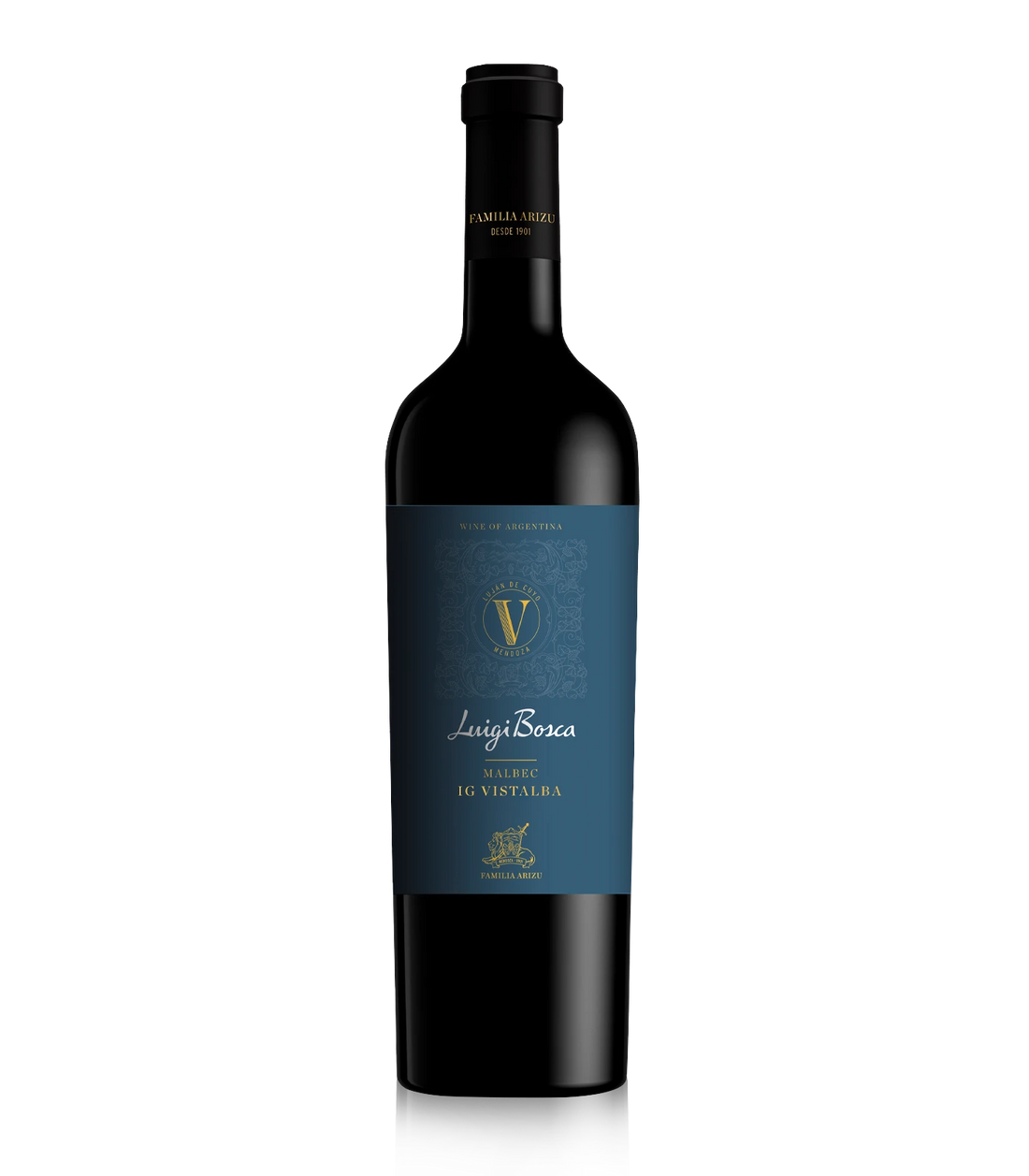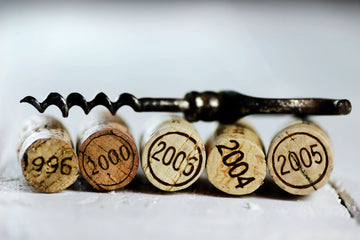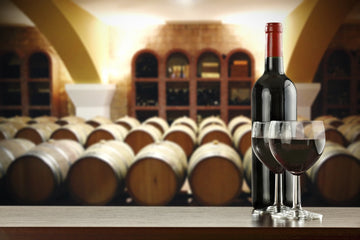Behind every glass of wine lies a world of aromas waiting to be discovered. Recognizing and describing them is one of the most rewarding parts of wine tasting, and it is a skill anyone can learn. The Wine Flavor Wheel is a clear, structured guide for your senses. Organizing aromas into groups and categories helps you connect what you smell and taste to the words that describe them.
Understanding where flavors come from, from the vineyard to the cellar to the bottle, gives you the foundation to express what makes each wine unique. This guide shows you how to use the wheel step by step, and how grape variety, climate, winemaking, and aging shape what you perceive.

Where Wine Flavors Come From
Every aroma you detect can be linked to a stage of a wine’s life. On the wheel, aromas are grouped as Primary, Secondary, Tertiary, and Faults. Primary relates to the grape and the place. Secondary relates to winemaking choices. Tertiary relates to the changes that come with time in the bottle and, in some cases, slow oxidative maturation. Faults are off-aromas that indicate a problem.
Primary: Grape and Place
Primary aromas come from the grape and its growing conditions. On the wheel, you will find categories such as Flower, Citrus, Tree Fruit, Tropical Fruit, Red Fruit, Black Fruit, Herbal, Vegetal, Spice, and Mineral. Climate is a key driver. A Chardonnay from a warm region often leans toward Tree Fruit or Tropical Fruit categories like peach, mango, or pineapple. The same grape from a cool region often shows Citrus or Tree Fruit notes like lemon or green apple. Soils and sites can add a sense of Mineral, such as flint or wet stone.
Secondary: Winemaking
Secondary aromas arise from fermentation and cellar choices. On the wheel, these are shown as Fermentation & Microbial, Noble Rot, and Oak Aging. Fermentation can bring creamy and yeasty tones like Cream or Butter, and esters such as Pear Drop and Banana Ester. Noble Rot contributes Honey, Dried Apricot, Saffron, and Beeswax in affected wines. Oak Aging adds Vanilla, Coconut, Baking Spices, Coffee, Cocoa, Smoke, Cigar Box, or Toast, depending on barrel type and toast level.

Tertiary: Aging
Tertiary aromas develop with time, most often during bottle aging. On the wheel, you will see categories such as Dried Fruit, Earth, General Aging, and Autolytics & Yeast. These bring notes like Raisin, Fig, Prune, Forest Floor, Mushroom, Leather, Tobacco, Dark Chocolate, Caramel, and with some whites, Petroleum. Autolytic complexity in traditional-method sparkling wines can express Brioche, Biscuit, Bread Dough, or a general Leesy character over time.
Faults: Off-Aromas
The wheel also lists common faults. Sulfides can show Matchstick or Rubber. Brettanomyces can bring Leather Saddle, Barnyard, or Band-aid. Cooked indicates heat damage, showing Stewed Fruit, Jammy, or Baked notes. Volatile Acidity reads as Vinegar or Solvent. Lightstrike can smell like Wet Wool or Skunk. TCA often appears as Wet Cardboard or Musty.
How to Use the Wine Flavor Wheel
The wheel is designed to help you move from the general to the specific in three steps. Start by identifying the Group that best matches your first impression, then choose the Category, then select the precise Flavor.
- Smell the wine before swirling. Take a gentle first sniff to catch the most delicate notes, sometimes called the “first nose.” These early impressions can reveal subtle floral, fruity, or reductive aromas that change once oxygen is introduced.
- Swirl, then smell again for a broader impression. Decide whether the wine reads as primarily Fruit, Floral, Herbal, Vegetal, Spice, Mineral, Secondary, or Tertiary in character.
- Within that group, pick the category that fits best. For example, Citrus vs Tree Fruit, or Fermentation & Microbial vs Oak Aging.
- Refine to the exact flavor. For instance, within Citrus, you might choose Lemon or Grapefruit. Within Oak Aging, you might note Vanilla or Toast.
If you are unsure, compare two neighboring categories on the wheel and ask which description fits better. With practice, the visual layout helps your brain link aromas to accurate words.
Interpretation and Sensory Memory
The wheel provides a shared vocabulary, yet your experience guides interpretation. If a Sauvignon Blanc evokes freshly cut grass or lemon verbena, note those flavors directly under Herbal or Citrus. If a mature Pinot Noir suggests forest floor and dried leaves, look to Earth. Precise, consistent terms make your notes clearer for you and for others.

Serving, Glassware, and Pairing
Temperature, glass shape, and food all influence perception. Cooler service emphasizes freshness and Citrus or Tree Fruit. Warmer service can highlight spice, oak, or alcohol. Tannic reds can seem softer and fruitier with protein-rich foods. For an accurate read, taste in a calm setting with clean glassware, then revisit aromas as the wine opens.
Build Your Aroma Vocabulary
Training your nose improves everything. Smell and taste fruits, herbs, spices, flowers, and pantry items regularly. Compare what you sense to the wheel and choose the closest flavor. Over time, patterns emerge. You will recognize that Riesling often carries Lime or Petrol with age, that Grenache can show Strawberry and Spice, and that extended lees contact can lead to Brioche and Biscuit.
Finding Your Own Language of Flavor
While the wheel brings structure to tasting, wine aromas are never confined to a fixed list. Your personal experiences, memories, and cultural references shape how you describe what you smell and taste. A taster in Japan might find yuzu or green tea, while someone in Thailand could think of lemongrass or tamarind.
These are not contradictions but reflections of how diverse and personal sensory language can be. Use the wheel as a map to guide you, not a rulebook. The best tasting notes are those that feel true to what you experience.


